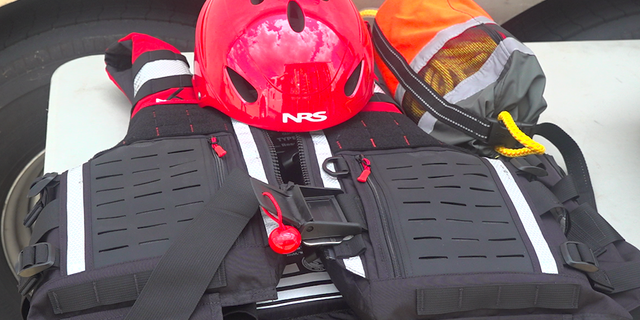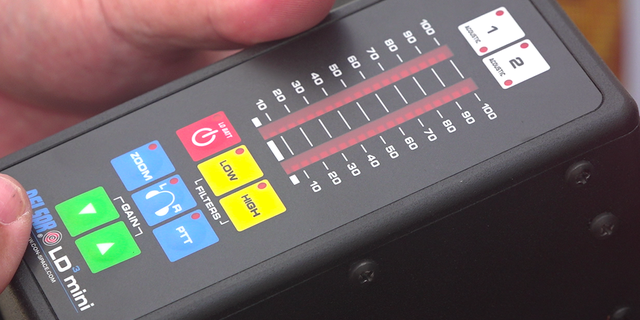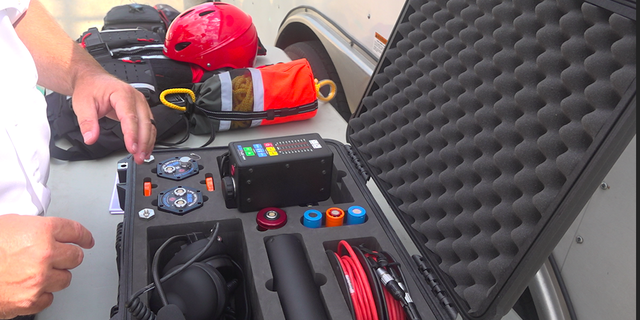NEWYou can now listen to Fox News articles!
NEW ORLEANS – Emergency preparedness officials in Louisiana know it’s only a matter of time before a hurricane or other severe storm brews in the gulf.
“We’ve had 27 hurricanes hit the coast of Louisiana in the last 20 years; they’re coming,” said Clay Rives, the director of the Mayor’s Office of Homeland Security and Emergency Preparedness in Baton Rouge.
While there are currently no active storms threatening the United States, hurricane season is just getting started, and the U.S. Army Corps of Engineers reported that the levee system is the most resilient it’s been.
“This is a big year for us because earlier this year we did what we would consider ‘completed the system,'” said Ricky Boyett, spokesman for the Corps’ New Orleans District. “As we enter hurricane season, the system has never been stronger.”
ATLANTIC HURRICANE SEASON BEGINS
New Orleans’ levee system stretches 130 miles to keep out storm surge during hurricanes.
Boyett said members of the Corps first focused on elevation and reached their elevation goal in 2011. Then, they turned their focus to resiliency.
“We know, inevitably, New Orleans is going to have a bigger storm than the height of the system, so we built a system that is designed to be overtopped,” Boyett said.
Along with a completed levee system, first responders along the Gulf Coast have new equipment for rescues.
ABOVE-AVERAGE HURRICANE SEASON FORECAST BY NOAA
“Every year, the technology is getting better and better,” Rives said. “This technology can speed up our response, and speed is very important when it comes to saving lives.”
The Baton Rouge Fire Department is one of several agencies now equipped with fast-water life vests and life-detecting sensors.

Fire Chief Michael Kimble says the swift-water vests hold up stronger than your standard life jacket.
HURRICANE IDA ‘UNSURVIVABLE’ OUTSIDE LEVEE PROTECTION SYSTEM, LOUISIANA OFFICIAL WARNS
Firefighters could put the small sensors inside collapsed or flooded buildings and listen for signs of life.
“It can hear very, very small sounds,” explained Fire Chief Michael Kimble. “If there’s any type of movement, we can hear it.”

Any sounds picked up by the sensors will be detected on this gauge. This will help first responders determine if anybody is still inside a collapsed or flooded building.
(Fox News)
Kimble also said the technology included a microphone they could send to people who are trapped so first responders could communicate with them.
“People in these positions are at the worst time of their life; they’re thinking their days are numbered,” Kimble said. “Having someone on the other end of the line can help get these people out of those situations.”
However, even though crews are prepared for rescues and the levee system is strong, emergency officials have said evacuating is still the safest option during storms.

Hurricane and storm damage sensor detecting equipment.
(Fox News)
CLICK HERE TO DOWNLOAD THE FOX NEWS APP
“The fear is complacency,” Boyett said. “People will look at the system and believe they’re safe, but they’re not.”
Hurricane Ida last year was the levee system’s first major test since Katrina in 2005, and it held up well. But the Corps has stressed the levees are in place to save property not people.